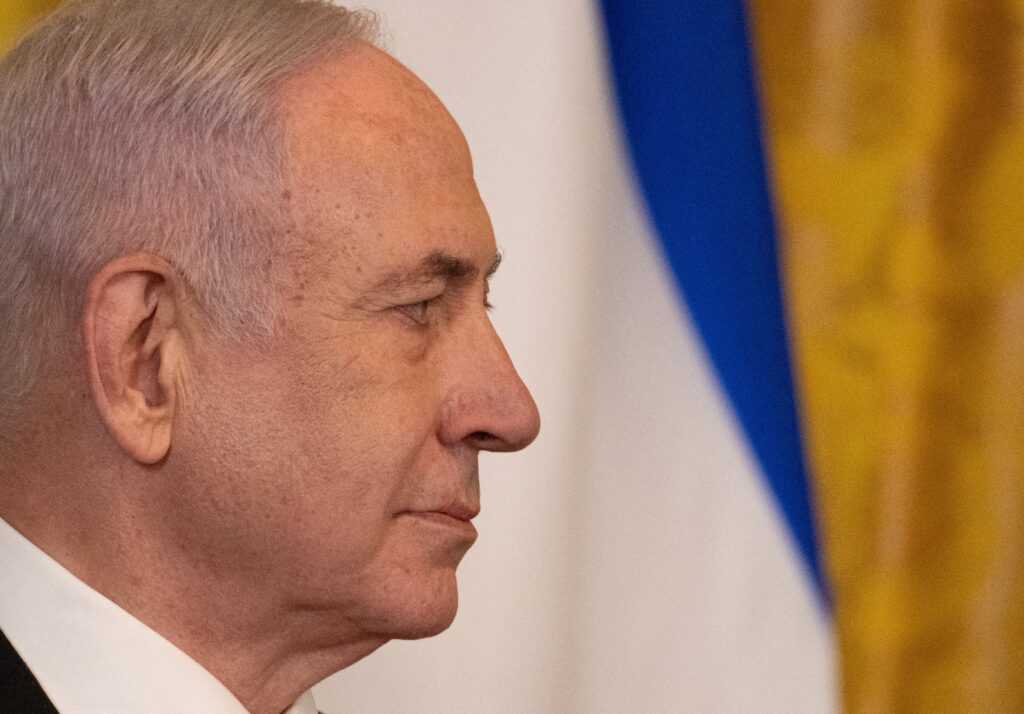On 29 September, US President Donald Trump and Israeli Prime Minister Benjamin Netanyahu introduced a new framework to resolve the Gaza conflict.
Trump’s 20-point initiative emerged after extensive negotiations with Egypt, Qatar, and Turkey, which acted as key regional mediators.
The plan followed an Israeli airstrike on Doha that reportedly targeted Hamas negotiators and violated Qatar’s sovereignty.
The failed operation prompted Trump to pressure Israel into halting military operations, leveraging his domestic political freedom to act decisively.
By that stage, Israel had already completed its major military objectives in Iran, Lebanon, and Gaza.
On 8 October, Trump announced that Israel and Hamas had signed the first phase of the agreement, setting in motion a multi-stage peace roadmap designed to secure both humanitarian relief and long-term regional stability.
Phase One: Ceasefire and Humanitarian Relief Begin
The first phase of the deal enforces an immediate ceasefire, halting all military operations and freezing active battle lines.
Both sides agreed to release captives within 72 hours — including all Israeli hostages, both living and deceased.
In exchange, Israel will free 1,950 Palestinian prisoners, including 250 serving life sentences and others detained since the conflict’s onset.
Humanitarian agencies will enter Gaza immediately to restore essential services and deliver emergency aid.
This phase aims to establish trust, stabilize frontlines, and pave the way for broader security discussions in the next stage.
Phase Two: Disarmament and Security Enforcement
Negotiations for Phase Two will begin once all hostages are safely released.
This stage focuses on disarming Hamas by dismantling tunnels, weapons depots, and command centres to prevent renewed hostilities.
The plan calls for Gaza to become a “de-radicalized, terror-free zone” that no longer threatens its neighbours.
It offers conditional amnesty to Hamas members who renounce violence, with safe passage for those who choose exile.
A multinational stabilization force — made up of US, Arab, and European personnel — will deploy to oversee demilitarization and train a new Palestinian police force.
This multinational force will monitor security, support civilian policing, and protect vital infrastructure, ensuring that peace is enforced rather than merely promised.
Phase Three: Governance, Reconstruction, and Statehood Talks
The third and most complex phase establishes a transitional government led by Palestinian technocrats under international supervision.
This administration will handle daily governance, infrastructure repair, and coordination of humanitarian relief.
International agencies like the UN and Red Crescent will manage aid distribution to guarantee fairness and transparency.
The plan encourages Palestinians to rebuild Gaza rather than emigrate, providing incentives for families to return and invest in reconstruction.
A new “Board of Peace,” chaired by Trump and joined by figures such as former UK Prime Minister Tony Blair, will oversee the transition.
This international body will ensure accountability and transparency as Gaza’s reconstruction proceeds under strict oversight.
The plan also introduces a conditional path toward Palestinian statehood, dependent on successful governance reforms and reconstruction milestones.
While it acknowledges Palestine’s aspiration for independence, it does not commit the United States to official recognition.
Netanyahu rejected the notion of a Palestinian state under this framework, asserting that Israel would not support full sovereignty within the current proposal.
Through these three phases, the Trump plan envisions a reshaped Middle East — one secured through disarmament, economic revival, and political restructuring.
Yet, despite the ambitious framework, deep mistrust, political resistance, and competing regional agendas continue to cast uncertainty over its ultimate success.

